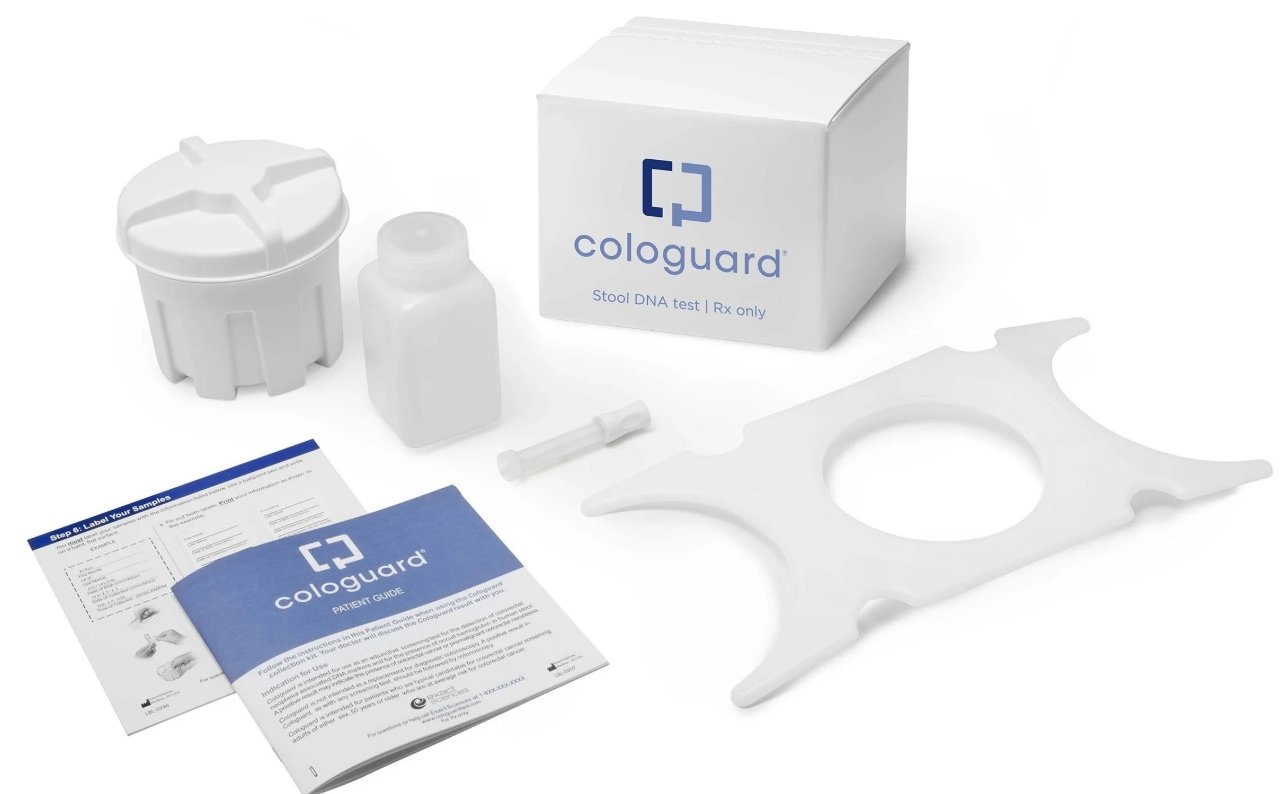
Photo Credit: Freepik
The current diabetic neuropathic pain treatment paradigm includes many established analgesics that provide symptomatic relief. However, as these therapies do not target the pathophysiological mechanisms underlying the pain, they typically only work in a subset of patients, and provide only partial pain relief. Furthermore, the established marketed analgesics have been associated with poor safety profiles. These unmet needs present a significant opportunity for drug developers in the diabetic neuropathic pain field, says GlobalData, a leading data and analytics company.
Christie Wong, Pharma Analyst at GlobalData comments: “Tricyclic antidepressants (TCAs), serotonin and noradrenaline reuptake inhibitors (SNRIs) and alpha-2-delta ligands (gabapentinoids) are the main drug classes used as first-line therapies for the treatment of diabetic neuropathic pain. However, only one third of patients achieve 50% pain relief or greater with first-line therapy options, with the remaining patients either showing a lower degree of pain relief or not responding at all. As a result, most patients cycle through multiple therapy options.”
A recent survey* by GlobalData has revealed that 36.4% of patients with diabetic neuropathic pain in 2021 were completely treatment refractory and would benefit from new treatment options.
Wong adds: “While the current symptomatic treatments are effective in some patients, they do not address the root cause of the disease, and patients must continue taking medication for the rest of their lives. The key opinion leaders (KOLs) interviewed by GlobalData agreed that if a curative or disease-modifying agent was approved for diabetic neuropathic pain, it could bring about a major shift in the way these patients are treated.
In addition, many drugs currently used for the treatment of diabetic neuropathic pain must be carefully regulated in their use due to severe side effects, are contraindicated in certain patient populations, or have the potential for substance abuse.
Wong continues: “KOLs noted that some of the first-line treatments prescribed for diabetic neuropathic pain have serious adverse events that limit their usability. For example, the gabapentinoids, gabapentin and pregabalin are central nervous system (CNS) depressants that can lead to vision changes, dizziness, drowsiness, or trouble with cognition.”
These longstanding unmet needs may be addressed by the four pipeline drugs that are currently in late-stage development: Helixsmith’s Engensis (VM202), Glenmark Pharmaceutical’s ISC-17536, Lexicon’s LX-9211, and Novaremed’s NRD135SE.1 (NRD.E1). These drugs act via novel mechanisms of action (MOAs). Based on the data currently available, Engensis is the only late-stage pipeline product to have demonstrated potential disease-modifying properties.
Wong concludes: “Products with a novel MOA that specifically target the pathogenesis of diabetic neuropathic pain could have superior efficacy and safety profiles over the currently marketed products. Additionally, disease modifying therapies could address the underlying cause of the disease, preventing it from progressing further. However, any novel products for the treatment of diabetic neuropathic pain will have to demonstrate significantly improved efficacy and safety to displace the widely available cheap generic therapies that are currently being used, such as the TCAs, SNRIs, and gabapentinoids.”
*2022 diabetic neuropathic pain high prescriber survey: GlobalData surveyed 100 high-prescribing primary care physicians, endocrinologists, diabetologists, neurologists, and pain specialists, who represented the 7MM**. The survey was launched in November 2022 and completed in December 2022.
**7MM: The US, France, Germany, Italy, Spain, the UK, and Japan.




